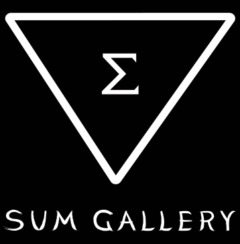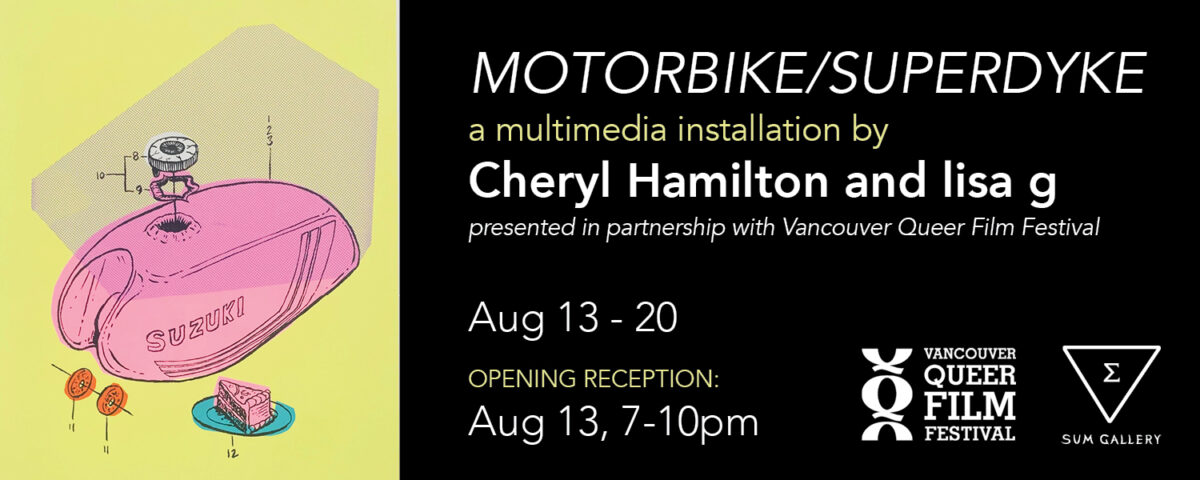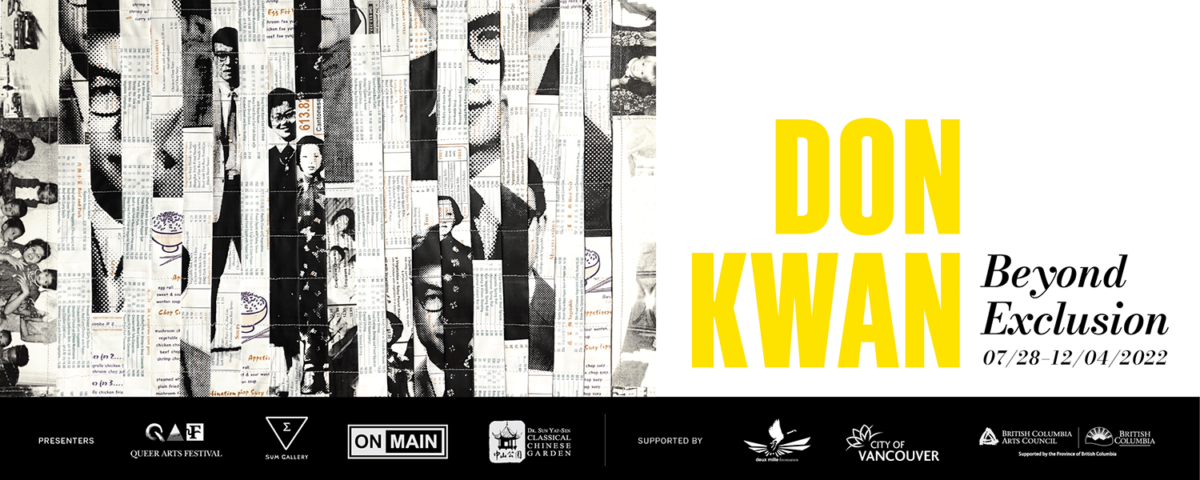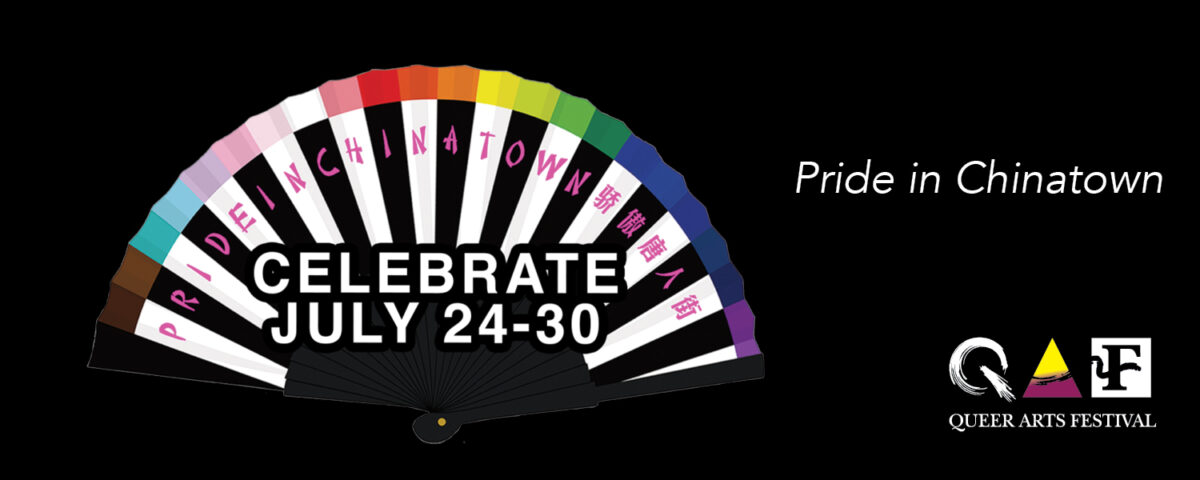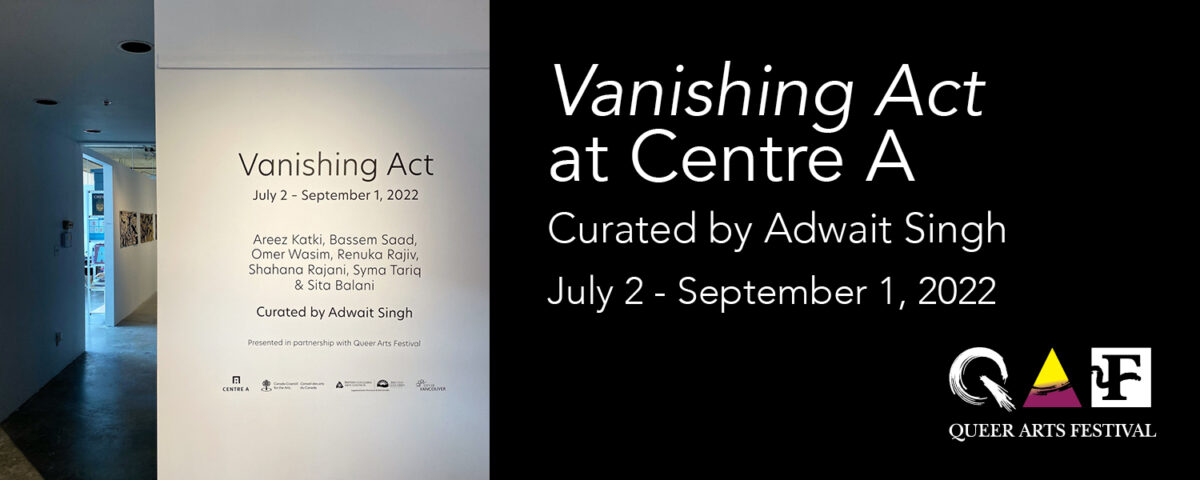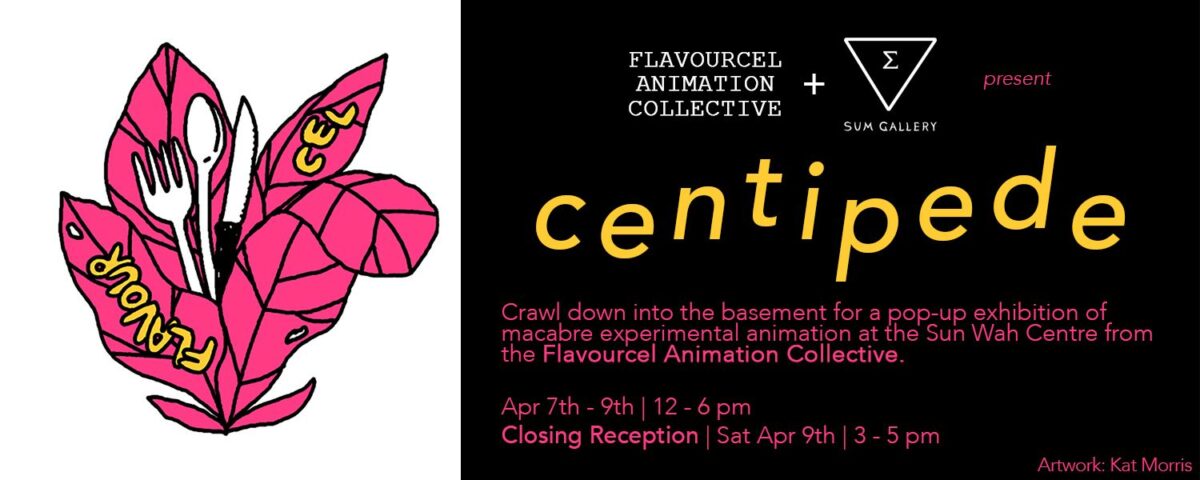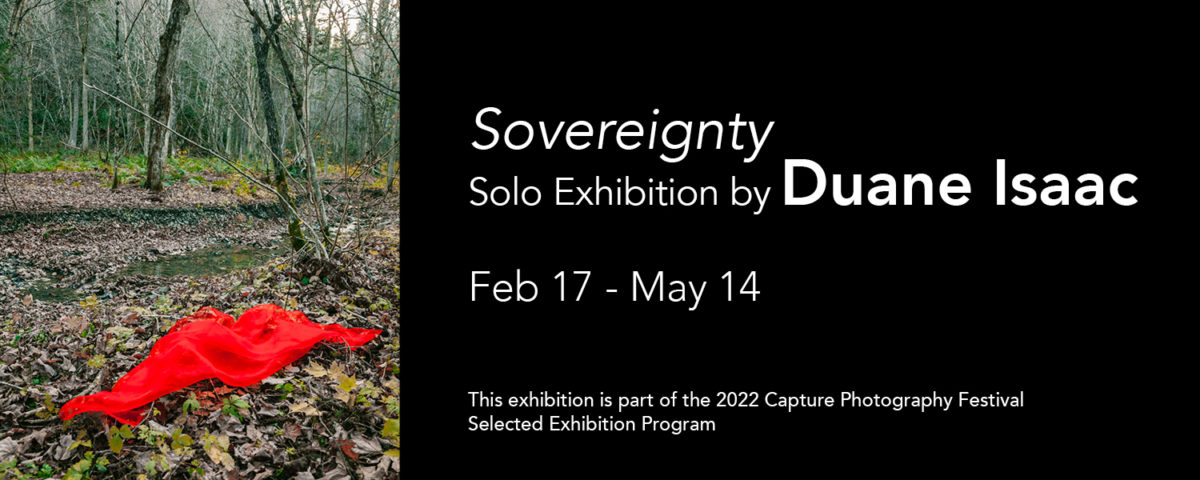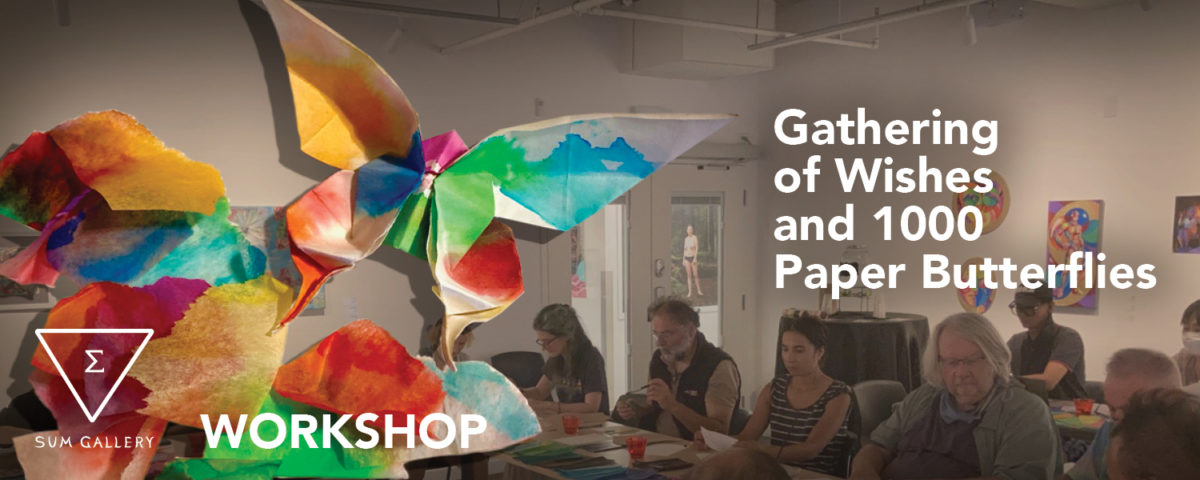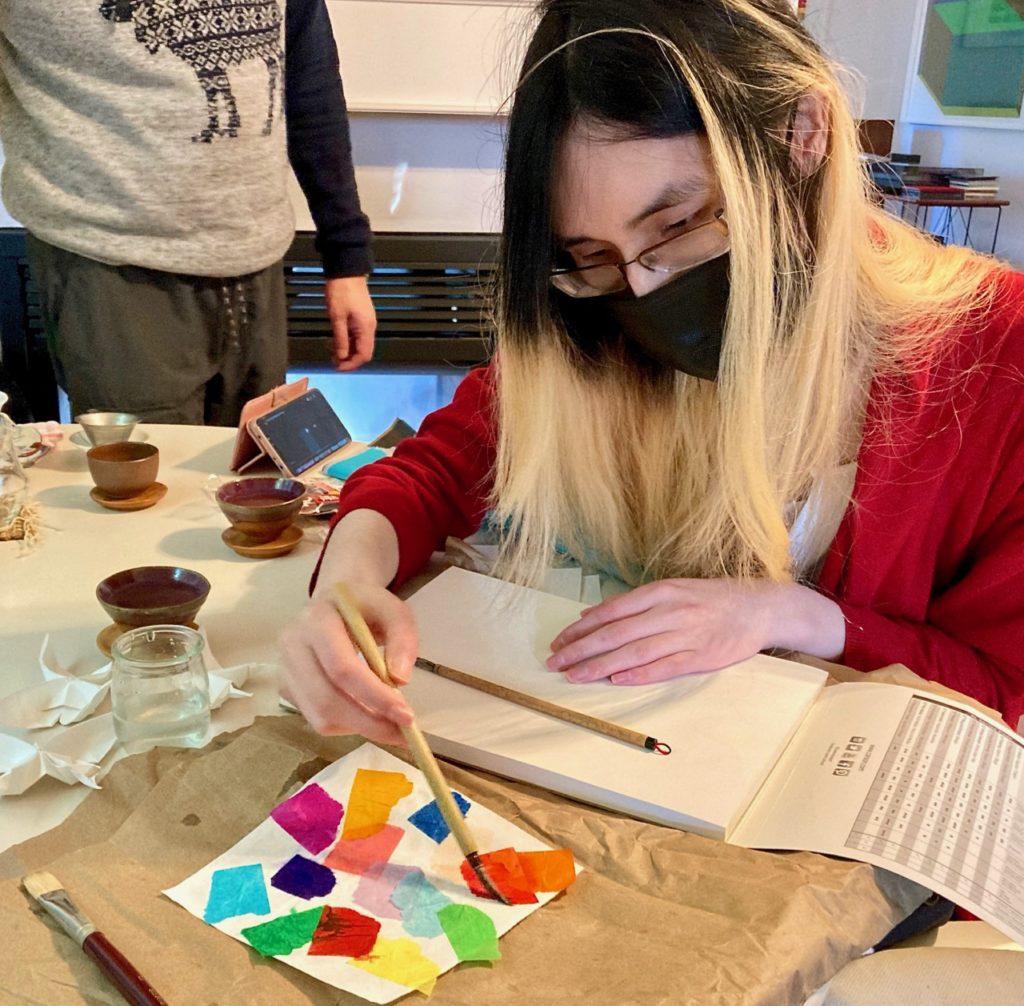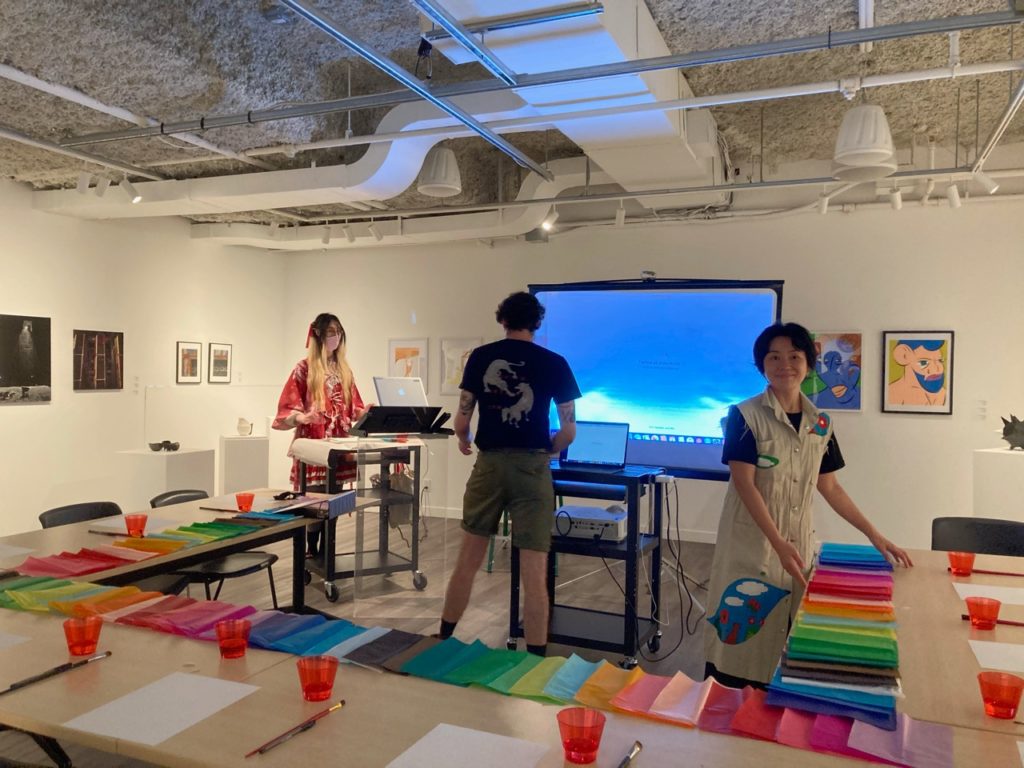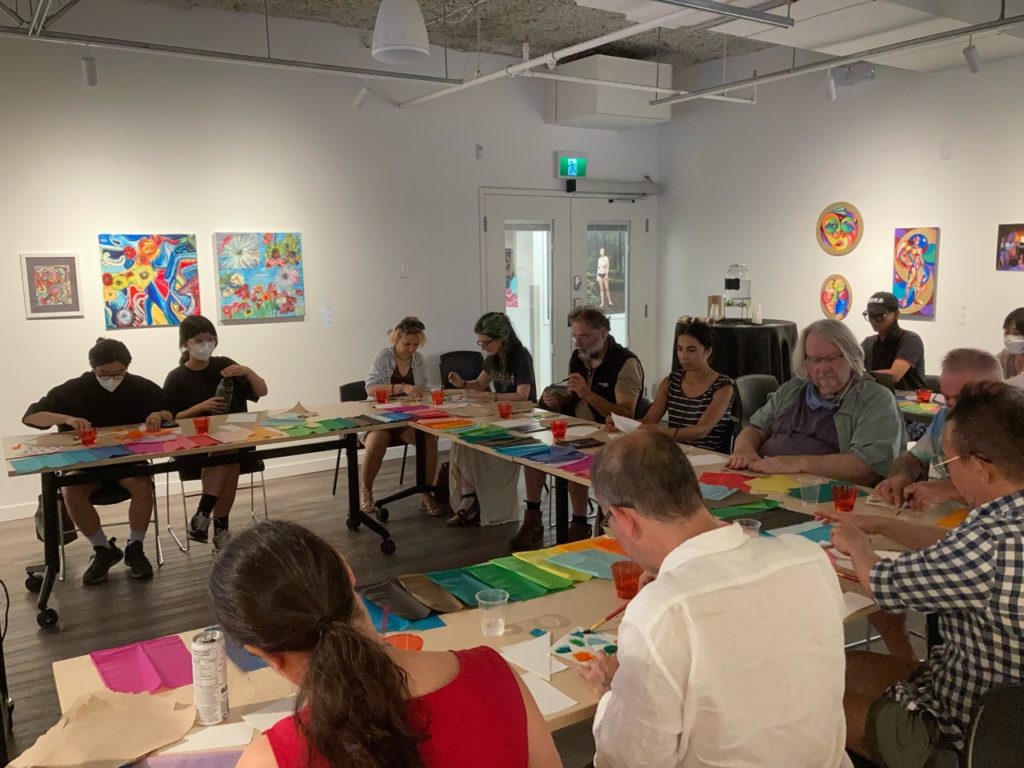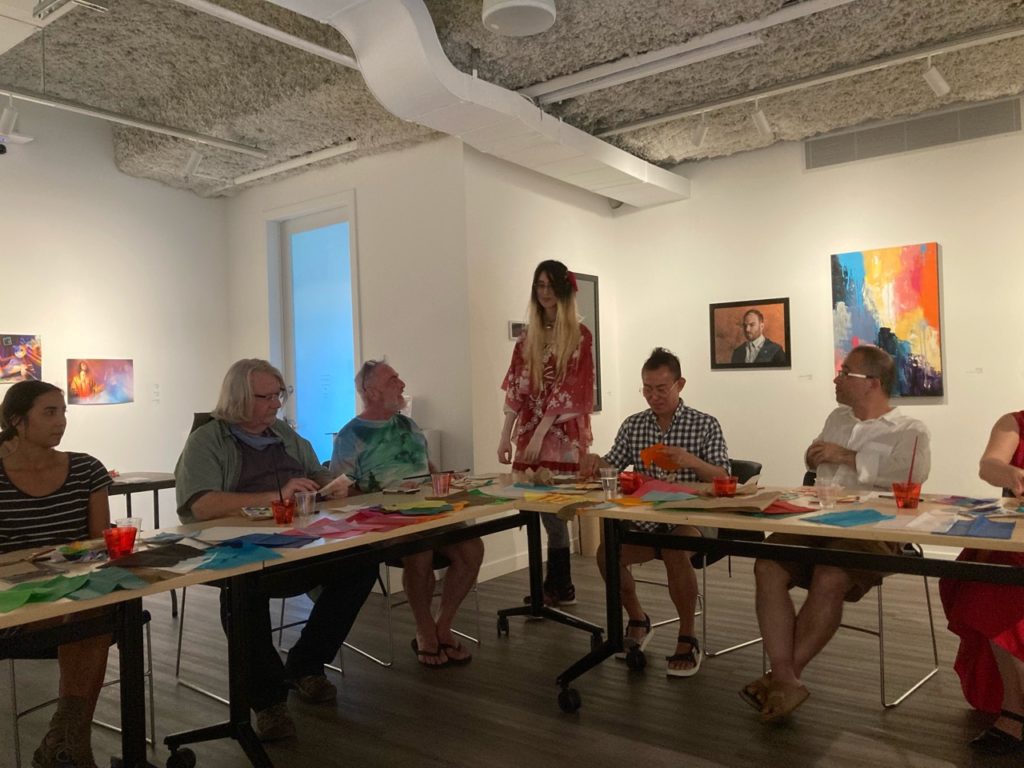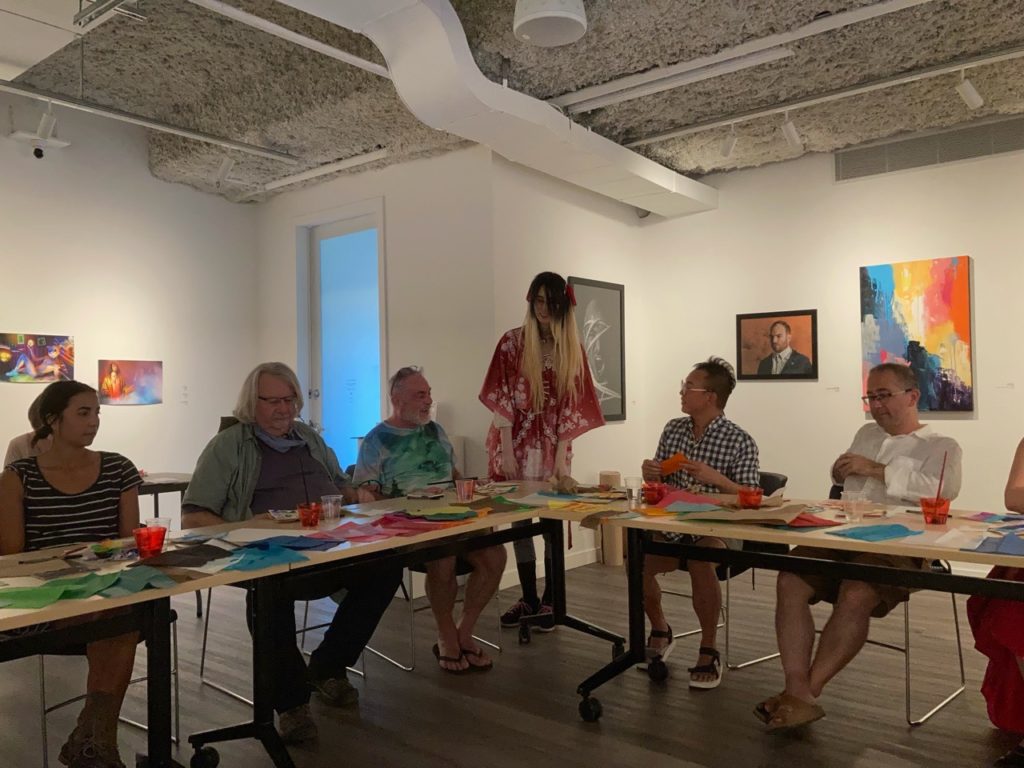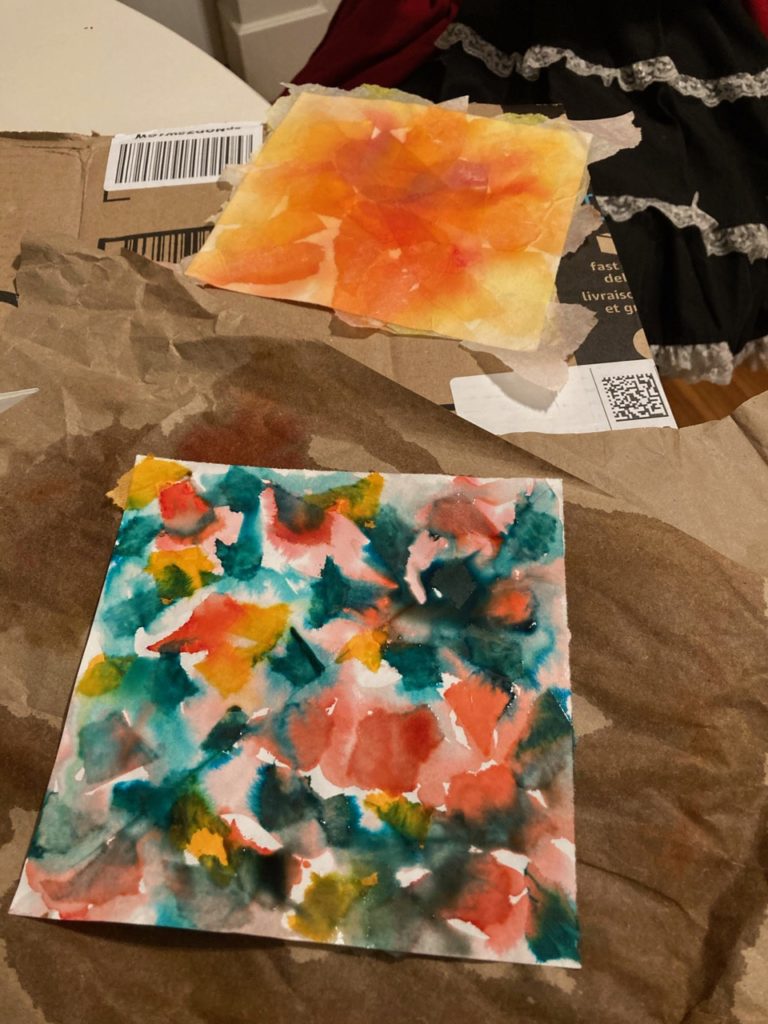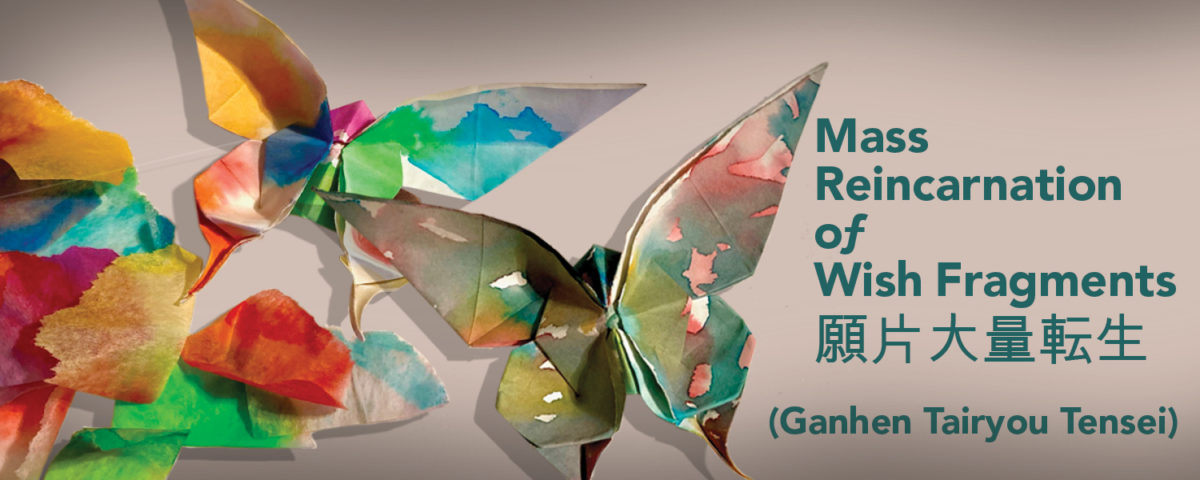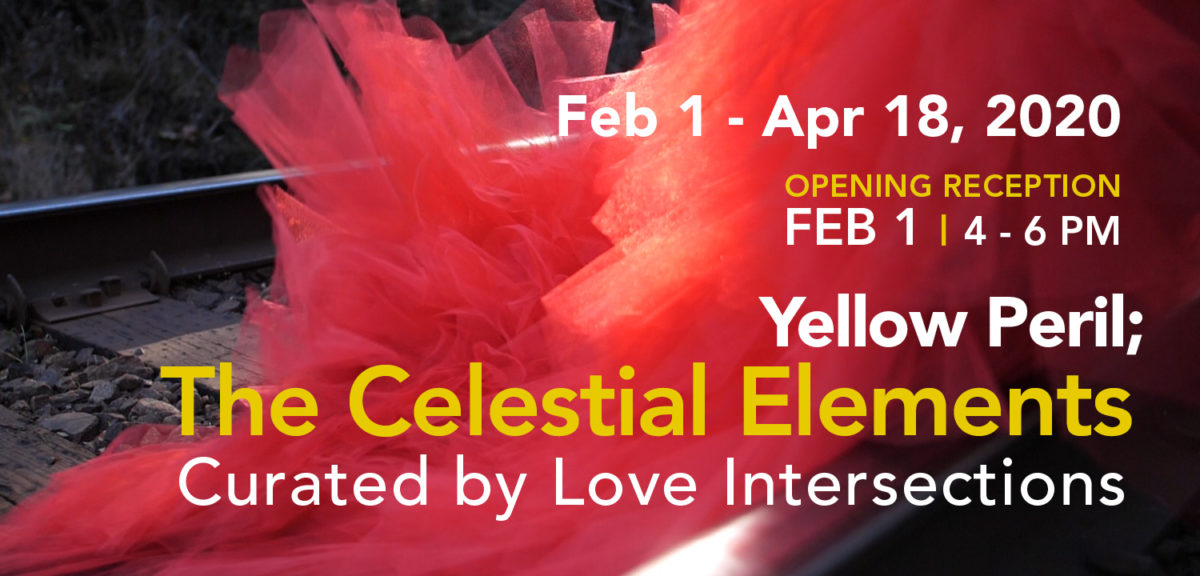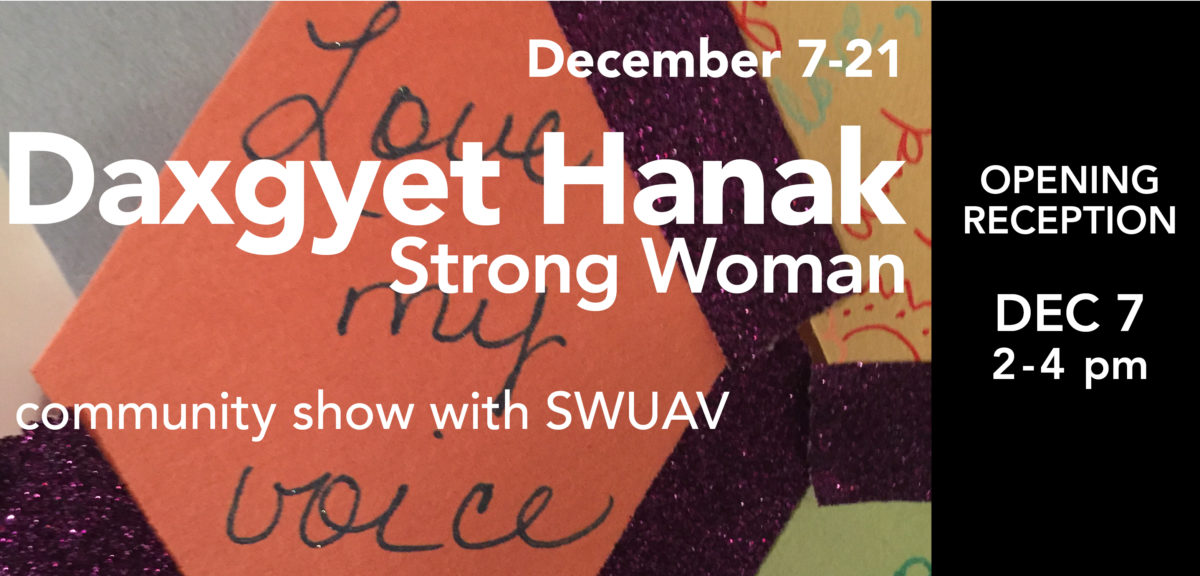Jul 2 – Sep 1, 2022
Centre A: Unit 205, 268 Keefer St.
Gallery hours: Wed-Sat, 12 to 6pm
The extension to QAF 2022: Hauntings curated visual art exhibition, Vanishing Act, curated by Adwait Singh under creative director SD Holman, will continue at Centre A until Sep 1, 2022.
Centre A will be hosting works by Areez Katki, Shahana Rajani, Renuka Rajiv, Bassem Saad, Syma Tariq and Sita Balani, and Omer Wasim in the gallery.
The exhibition’s curator, Adwait Singh, asks viewers to “behold the hulking vessel of modernity, where the only hope for a future is a ghostly one, the only inheritance a poisoned gift” and “to face our own Frankensteins, in a manner that queers have long been wont, haunted as we are by spectral toxicities.”
“I spy with my little eye a lumbering vessel—deemed too large to fail—bleeding foul plumes across the sea. For those doomed to touch life through this ooze, the only hope for a future appears to be a ghostly one; their only inheritance being a poisoned gift. The 14th edition of the Queer Arts Festival scrutinizes the patriarchal paradigms of possession as the foremost commissioners and distributors of toxicity, uncovering the processes through which they cover their own tracks. We know this to be true of administrations that made out AIDS to be a specifically gay problem with their poorly-concealed intent to police queerness; exonerating themselves of any culpability in catalyzing the epidemic through their own colonial exploits. Once again with COVID-19 we witness the consolidation of monopolistic interests, immunological schemes, and exceptional power under the cover of public health and biovigilance, in a manner that eschews any inquiries about etiology, keeping the public eye blinkered on the exigency.
“The rapid spread of alienation, dissonance, and precarity that is second nature to queers to the hitherto immunized sections of society, expands the field of queer gravity. Put otherwise, as alienation grows universal, the universe grows queer. The rampant feeling of social insecurity and political despondency is further compounded by the viral signification that literally translates care as isolation, making us look askance at our bodies as vectors of contagion. Unlike the selective localization of the human immunodeficiency virus in the bodies of queer men then, the novel coronavirus has somewhat democratized the feeling of vulnerability, revealing our bodies as deserving of curative care, not castigation. Might the looming precarity acuminated by COVID-19’s indiscriminate affliction finally succeed in seeking out a belated acknowledgement of the grave injury dealt to our predecessors who were selectively targeted, unjustly villainized, and left to die? Sometimes it takes a second viral visitation to appease the ghosts left in the wake of the first.
“This sets the stage for a mutational politics that seeks to resist neo-colonial techniques of exposure and their controlled replication of the status quo. It has become amply manifest that any bid to abject the viral through a program of differential immunisation not only redoubles its virulence, but breeds other forms of corruption. Perhaps it is time then for this ghost-making-machine-of-a-world to face its own Frankensteins, as queers have long been wont to, haunted as we remain by these toxic spectralities. In more ways than one, the AIDS crisis set the tone for what has been an unfolding revelation of queer existence as a catastrophic, even indulgent co-becoming with the viral while maintaining an overall indigestibility in relation to the devouring milieu. The existential slime that we have to wade through daily, engenders mutations discernable through a symptomology of non-institutionalised forms of virtuosity, counter-productive preoccupations, self-sabotage, impossible relationships, trans-temporal collusions, acting-outs, misshapen kinships, and uncanny ways of being and wording.
“Vanishing Act divulges scenarios of queer toxic remediation and apocalyptic negotiations from South Asia and its diasporic beyond. Through affective and subjectivating communes with spectres of saints, sinners, and snow, visions of queer futures are cast beyond notions of re/productivity and in terms that uphold virtuosity, transience and mutability. Steering the term apocalypse closer to its Greek connotations of a critical revelation, the exhibition proposes a queer incorporation and containment of toxicity as a moral and political imperative during imperilled times.” (Adwait Singh)
–
Artworks Exhibiting at Centre A:
Renuka Rajiv – ghosts in the backseat/exile in the corner (2022), fabric, thread, and buttons, 126 cm x 57 cm each
Bangalore-based Renuka Rajiv has had an interest in making things since childhood, exploring drawing, paper mache, tie-dye, and stitching. They studied digital video production at Srishti School of Art, Design and Technology in Bangalore and a Bachelor of Fine Arts (with Honours) majoring in printmaking at Victorian College of Art, Melbourne. Since then, their work has reconnected with their childhood interests of playing with fabric and paper. Most themes and content in their work are personal, which includes the compulsion towards the hand-made. Their work inhabits a space that accommodates the imaginative, observational and autobiographical.
Since 2013, Rajiv has been exploring appliqué and embroidery as a medium for image-making across different bodies of work. Process is a catalyst for ideation in Renuka’s practice with several impulses cohabiting often within one work. These include diaristic jottings, their fondness for non-human animals, patterns and abstraction, text, physicality, and sexuality. They are interested in the act of layering, which operates both as a record of time as well as allowing for loose proximities. The work is a composite of various triggers and sparks. Their inquiry aims to develop both directness and abstraction in what is private and personal.
Omer Wasim – Surrender (2018-2022), photographic prints, hanging mechanism, meat hooks, shirts, sheer curtain, concrete planter, stinging nettle, soil, water, growth light, and mirror, dimensions variable
Omer Wasim (b. 1988, Karachi) is an intermedial artist whose practice queers space, subverting the frames of development and progress that shape human relationships to the city and nature. His work bears witness to the relentless erasure, violence, and destruction of our times by staying with insurgent bodies.
Wasim’s practice and the ways in which he works are often in-flux, moving across media, including installation, sculpture, drawing, video, photography, and audio. Informed by lived experiences, botanical life forms, and queer kinship, he traces and remembers, gathers and writes, converses and collaborates to generate works that are topical and rooted, yet pervading through them is an echo of silence, which allows them to be grouped and read in multiple ways—and each time they are shown, they morph with space, time, and context. His research turns to human and more-than-human witnesses to extend the possibility of bearing witness at a time when the state is intent on erasing and annihilating life forms that are not aligned with its narrative of progress and development.
Referencing devotional spaces of worship that sit amidst environmental degradation, and relentless extraction, Surrender makes accessible the practice of drawing strength from within to challenge the state project of erasure. It treats as sacred the building elements of all life forms. Air, water, and soil are repeatedly invoked: literally, and as traces and spectres, refusing to disappear.
Karachi, a city of more than 24 million people, is perpetually in flux, blanketed in a toxic embrace of greed and development. Besieged by the military and developers, its coastline is being progressively pushed out; its historic and divine flows contaminated and concretized. In its wake lies disappearance, dispossession, and displacement.
Sufi shrines have historically been a place of devotion, refuge, and connection; where the dead permeate the realm of living, where all life forms are treated as sacred, where the presence of trees and the earth attest to the divine rhythms of life. With rapid urbanization and militarization, however, they meet a similar fate, and are defaced, barricaded, and regulated.
Despite new and evolving mechanisms of violence and control, thousands of believers throng such spaces daily, contesting these very mechanisms, challenging the state project of erasure and assimilation. In ecstasy and acts of devotion, believers surrender, tuning into the rhythms of the earth, air, and water; seeking balance from within. These devotional acts are not a withdrawal from everyday political encounters with the state, but a form of attunement, of inhabiting bodies and desires fully, of resistance to enforced disappearances, and of reckoning with environmental toxicity and imbalance.
Shahana Rajani – A cipher for the missing (2022), 4K video, 7:30 minutes
Shahana Rajani is an artist based in Karachi. Her work and research explore the emerging visualities and infrastructures of development and militarization in Pakistan using multidisciplinary methods and media. She is interested in tracing colonial regimes of visuality, and the ways in which its violence continues to unfold around us. Together with Zahra Malkani she is the co-founder of Karachi LaJamia, a nomadic space moving outside the institution to occupy public spaces in the city as sites of study, and to explore radical pedagogies and art practices. Karachi LaJamia’s sessions are site-specific and work closely with multiple organizations and activists to build solidarity and alliances with ongoing struggles in the city.
This video work explores the Baloch practice of massad in Karachi, Pakistan, whereby the date palm tree is invoked to help locate the missing. In this practice, dating back to Bibi Fatima the daughter of Prophet Muhammad, and passed down generationally by women, the tree grants access to knowledge of the unseen – past, present, future and all things hidden. Massad, meaning message or means of connection in Balochi, locates the date palm as key in a web of relationality linking wind, water, earth, human and more-than-human beings to the all-knowing realm of the divine.
At a time when the military-state seeks to render all beings visible through surveillance technologies, while disappearing those it deems threatening, massad emerges as a queer practice of recovery that centres alternate forms of relationality, connection and intimacy in a more-than-human world; a cipher made of leaves that renders the military’s disappearance tactics legible to the very communities that bear the brunt of its violence.
In Karachi, the date palm also features as the main emblem of the paramilitary. Worn on uniforms and painted on watchtowers and walls across the city, this colonial emblem is a testament to the military conquest and disciplining of Sindh’s ‘unruly’ desert landscapes; a remnant of the violent reordering of natural ecologies as places to see and be seen. In exploring the tensions between the appropriation of this tree as a symbol of military power, and the tree’s material participation in native cosmologies, the work asks what it means for plants and people to belong together to a place, questioning the vigilantly patrolled boundaries that construe humans as separate from the rest of the world.
Areez Katki – Oneiria: Night 1 – Night 5 (2022), cotton embroidery on khadi towel, 136 cm x 72 cm each & Fragments 1 – 5 (2022), cotton embroidery on khadi handkerchief, dimensions variable
Areez Katki’s practice dwells between textual and material-based intersections, where the phenomenology of a postcolonial identity is examined through modalities of (de)languaging and (re)framing cultural affects. A fragmentation of memory is evident throughout the migratory experience and tends to expose myriad themes, from spiritual cosmologies to its queering trajectories. These affects elucidate the notion of hybridity as a condition for identities that have been historically subject to rupture.
Questions that illuminate the political significance of materiality emerge from spaces, often domestic, that Katki dwells between. Personal and familial artifacts that were once consumed are now restored to be recontextualized through the ecological, aesthetic and cultural slippages of ancient Zoroastrian knowledge systems. Ongoing investigations into plurality manifest in Katki’s spatial interventions and installations, which frame the lived experience through reclaimed and found materials. These delicate textualities are embalmed with traditional processes of mark-making—embroidery, weaving, printmaking, staining—that destabilize the expressionistic hierarchies established by a dominant culture.
The materials explored and preserved throughout his practice also convey Katki’s ongoing engagements with storied narratives, using biomythographic threads that entwine the historic and the personal through poetic means. These gestures suggest a blurring of metaphysical dualities, while also surveying the nature of (our) relationships between sites and embodiments.
Bassem Saad – Kink Retrograde (2019), HD video, 19 minutes
Bassem Saad is an artist and writer, born in Beirut on September 11. His work explores historical rupture, infrastructure, and spontaneity, through film, performance, sculpture, and writing. Bassem’s solo and collaborative work has been presented and screened at MoMA, CPH:DOX, Transmediale, Architectural Association, Harvard University VES, and Alserkal Avenue (Dubai). His writing appears in Jadaliyya, FailedArchitecture, and The Funambulist. He was a fellow at Eyebeam, Leslie Lohman Museum, and Ashkal Alwan’s Home Workspace Program. He is currently a fellow at the Berlin Program for Artists.
Kink Retrograde presents a speculative allegory whose protagonists live in a world presided over by shocks that come to resemble the apparent retrograde motion of celestial bodies: cyclical and seemingly backwards moving. The intoxicated characters decide that the social contract between themselves and the sovereign powers has always been breached, and so they must devise a new and transparent contract aware of its own abjectness, risk, and deviance — one of total kink.
The film was shot inside an active seaside landfill on the outskirts of Beirut, created in the aftermath of the waste crisis which saw an uptick in makeshift, profit-driven infrastructural development and space-making. It combines text, voice-over, shot footage, and digital effects to project onto the existing landscape an imagined mode of assembly. It posits ‘kink’ as a political praxis that acknowledges the latent and explicit violence of the state, the voiding of the social contract, and the necessity of risk-aware action in the context of political and environmental toxicity.
Syma Tariq and Sita Balani – both/and (2022), audio voice notes, 23:04 minutes
Syma Tariq is currently completing her Ph.D. at the centre for Creative Research into Sound Arts Practice, University of the Arts London. Her research approaches the 1947 partition of British India as a sonic condition. She engages in various types of work otherwise, including writing, editing, recording, DJing and sound production and curation.
Sita Balani is a writer and teacher living in London. She is the co-author of Empire’s Endgame: Racism and the British State (Pluto Books, 2021). Her book Deadly and Slick: The Sexual Life of Race in Britain is forthcoming with Verso in 2023. She has published in Open Democracy, Vice, Novara Media, Five Dials, and The White Review.
“This conversation [work] encompasses a series of voice notes exchanged over a few weeks in spring 2022, in quiet moments between sending emails, packing boxes, doing laundry, reading articles, meeting deadlines and dealing with the ongoing health issues of loved ones. We tried to speak of difficult things, of grief, mass death, violence, neglect, of things bigger, more urgent, and more immediate than queer identity. But nonetheless, queerness is in here, part of how we were made, how we came to know each other, and how we understand the worlds in which we find ourselves.
“As we exchanged the final voice notes in this series, the Palestinian-American journalist Shireen Abu Aqla was shot and killed while covering an Israeli military raid on the Jenin refugee camp in the Occupied West Bank. News of her death reverberated across social media and into the streets, as vigils were held around the world in her honour. As Palestinians gathered for her funeral in Jerusalem, the Israeli police descended, beating mourners with batons, attacking pallbearers, and almost causing her coffin to hit the ground. Watching the footage of her funeral, the reach of state violence became painfully clear – even the dead are not free of it.
“We speak here of silence and of voice – implicit is the essential role of witness, of presence, of refusing to avert our eyes or cover our ears, of trying not to turn away.”
